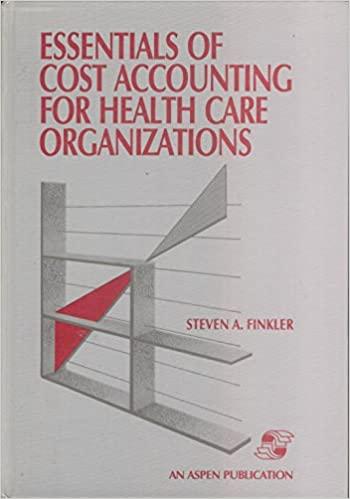which statement about selection is FALSE (a) in an unstructured job interview the interview depending on how the conversation proceeds asks or does not ask questions ones a list of possible topics,ante (b) Unstructured job interviews provide at most modestly reliable results, generallas validity, and are susceptible to discrimination and blases. (c) Structured job interviews involve asking all aplicants the same questions based on prepared guide and are more reliable and valid than unstructured job interviews (d) Behavioral job interviews use a structured approach and focus on behavior e) Ability tests measure the potential of an applicant to perform. (Does the applica necessary ability?) Numerous studies document their usefulness, an among the best predictors of job performance. (1) All of the above are true. (8) None of the above are true except (a) and (b). Numerous studies document their usefulness and cognitive ability tests ar perform. (Does the applicant have the 47. Which is/are NOT a protected class under Title VI. a) age (b) sexual orientation Ich disabili del freedom of speech le) All of the preceding AKE protected under Title VII (f) All of the preceding except ARE protected under Title ) NONE of the preceding are protected under Title VII. 48. The organizational pay policy (a) Specifies the organizational pay level and how a firm's pay compares to that of other organizations. (b) is a procedure for establishing the relative internal worth of jobs. (c) Depends chiefly on compensation survey results. (d) Depends on defining the relevant labor market. 49. Pay structures (a) Depend on pay grades and pay ranges. (b) Have pay policy lines that serve as midpoints of pay ranges. (c) Can be based on point factor job evaluation as well as competency-based job evaluation. (d) Usually have pay ranges that increase as pay increases. (e) All of the above. (f) None of the above. (50) Health savings account (a) Are a form of of 401(k) plan. (b) Are tax-free accounts funded by employees, employers, or both that set aside money to pay health care expenses. (c) Are health enhancement and sickness prevention programs. (d) Are both employee assistance plans and 401(k) plans. (e) All of the above







